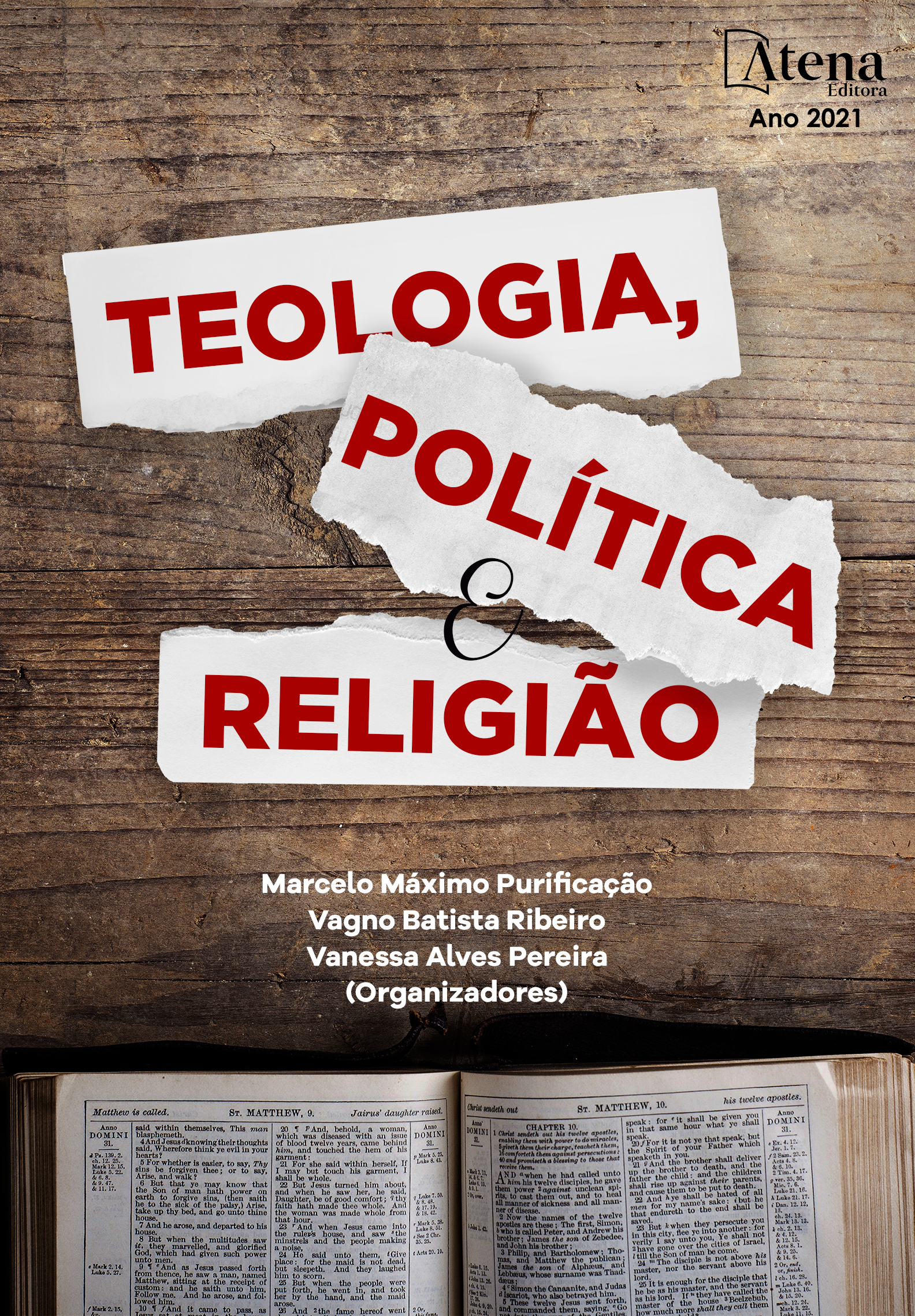
O sentido do ícone na ortodoxia Russa e a Trindade de Andrei Rublev
Este texto tem o objetivo de apresentar a mística do ícone, A Trindade do monge russo iconógrafo do século XIV, Andrei Rublev. Para compreensão dessa obra será preciso voltar à passagem do livro do Gênesis, (18 1-15), a Hospitalidade de Abraão; pela historia do ícone no cristianismo; pela conversão da Rússia e pela vida e obra do eremita russo Sergio Radonej (1314-1392) que viveu na época em que a Rússia sofreu violentas devastações dos tártaros. O que importa do ponto de vista estético não são os meios usados pelo iconógrafo para atingir esse desvelamento do nouménal, mas o fato de que o monge artista nos tenha transmitido a revelação que lhe foi feita pela contemplação do mistério da Trindade por Sergio Radonej.
O sentido do ícone na ortodoxia Russa e a Trindade de Andrei Rublev
-
DOI: https://doi.org/10.22533/at.ed.0092116077
-
Palavras-chave: Ícone – Ortodoxia – Arte Sacra – Trindade – Andrei Rublev.
-
Keywords: Icon – Orthodoxy - Sacred Art – Trinity - Andrei Rublev.
-
Abstract:
This text aims to present the mystical of the icon, The Trinity of the 14th century iconographer Russian monk, Andrei Rublev. To understand this work, it will be necessary to go back to the passage in the book of Genesis (18 1-15), the Hospitality of Abraham; for the history of the icon in Christianity; for the conversion of Russia and for the life and work of the Russian hermit Serge De Radonege (1314-1392) who lived at the time when Russia suffered violent devastations from the Tatars. What matters from an aesthetic point of view is not means used by the iconographer to achieve this unveiling of nouménal, but the fact that the artist monk transmitted to us the revelation made by Serge De Radonege’s contemplation of the mystery of the Trinity.
-
Número de páginas: 17
- Wilma Tommaso


